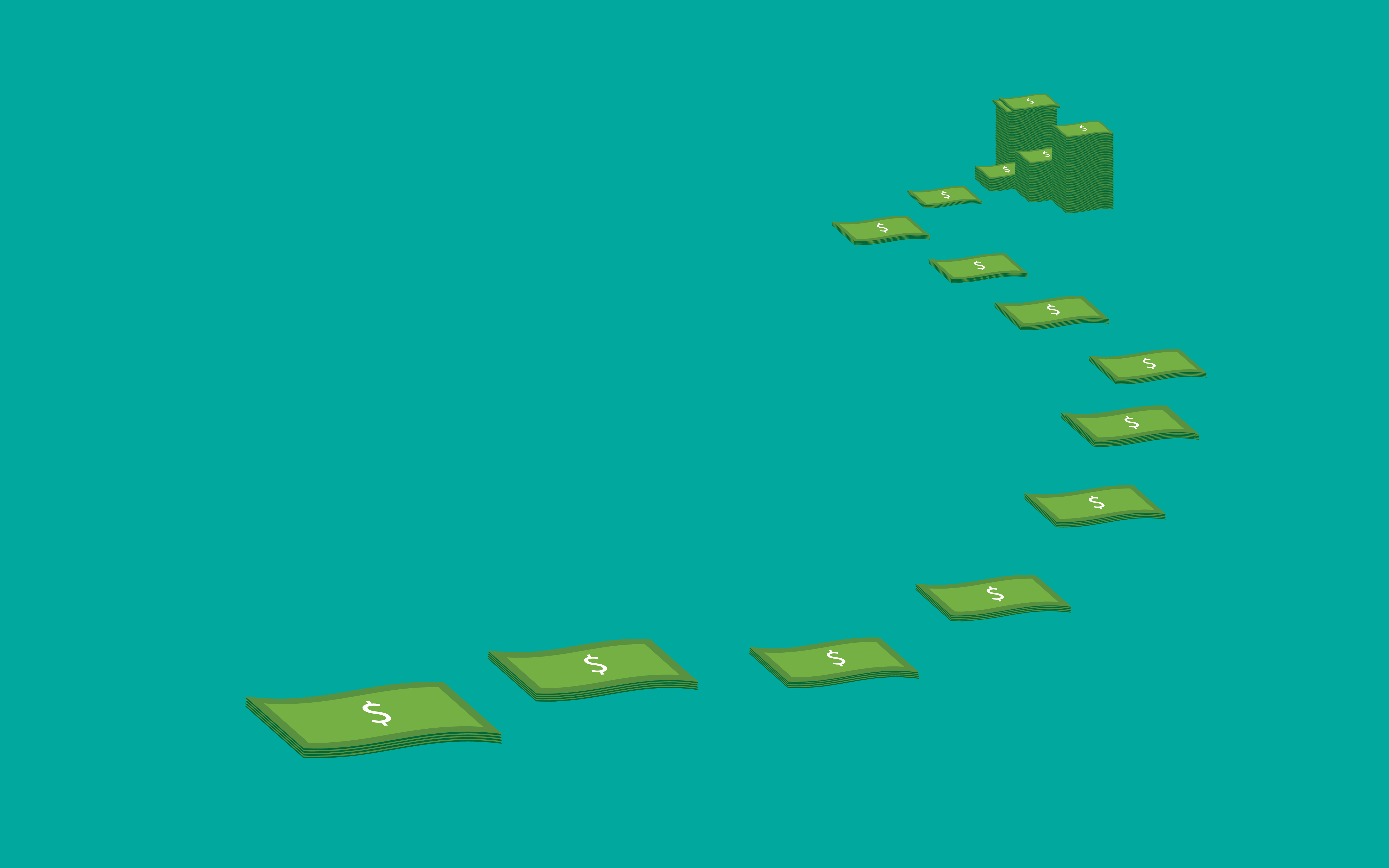I watched 1,000 hours of YouTube Kids’ content and this is what happened…
The multicolored slurry of user generated content that for years has been successfully netting millions of kids’ eyeballs on YouTube by remixing popular cartoon characters to crudely act out keyword search scenarios leered into wider public view this week, after writer James Bridle penned a scathing Medium post arguing the content represents “a kind of violence inherent in the combination of digital systems and capitalist incentives”.
What do you get if you endlessly recombine Spiderman and the Joker with Elsa from Frozen and lashings of product placement for junk food brands like McDonalds?
A lot of views on YouTube, clearly. And thus a very modern form of children’s ‘entertainment’ that can clearly only exist on a vast, quality-uncontrolled, essentially unregulated, algorithmically incentivized advertising platform with a very low barrier to entry for content creators, which judges the resulting UGC purely on whether it can lift itself out of the infinite supply of visual soup by getting views — and do so by being expert at pandering to populist childish cravings, the keyword search criteria that best express them and the algorithms that automatically rank the content.
This is effectively — if not yet literally — media programming by SEO-optimized robots.
And, as Marshall McLuhan wrote in 1964, the medium is the message.
… because it is the medium that shapes and controls the scale and form of human association and action. The content or uses of such media are as diverse as they are ineffectual in shaping the form of human association. Indeed, it is only too typical that the “content” of any medium blinds us to the character of the medium. It is only today that industries have become aware of the various kinds of business in which they are engaged. When IBM discovered that it was not in the business of making office equipment or business machines, but that it was in the business of processing information, then it began to navigate with clear vision.
Insofar as kids are concerned, the message being generated via YouTube’s medium is frequently nonsensical; a mindless and lurid slurry of endlessly repurposed permutations of pilfered branded content, played out against an eerie blend of childish tunes, giddily repeating nursery rhymes, and crude cartoon sound effects.
It’s a literal pantomime of the stuff kids might think to search for. And it speaks volumes about the dysfunctional incentives that define the medium.
After the latest outcry about disturbing UGC intentionally targeting kids on YouTube, Google has said it will implement new policies to age-restrict this type of content to try to prevent it ending up in the YouTube Kids app, though a prior policy forbidding “inappropriate use of family characters” clearly hasn’t stemmed the low-brow flow of pop-culture soup.
The maniacal laughter that appears to be the signature trope of this ‘genre’ at least seems appropriate.
McLuhan’s point was that content is intrinsically shaped by the medium through which we obtain it. And that it’s mediums themselves which have the power to enact structural change by reconfiguring how humans act and associate en masse.
The mindless cartoon noise mesmerizing kids on YouTube might be the best visual example of that argument yet. Even if McLuhan thought analyzing content itself would merely distract from appropriate critical analysis of mediums.
All you have to do is imagine the unseen other half of these transactions: Aka all those unmoving toddlers staring into screens as they consume hours and hours of junk soup.
The thriving existence of such awful stuff, devised with the sole intent of generating high volumes of ad revenue by being structured so as to be likely to be surfaced via search and recommendation algorithms, is also a perfect example of how the content humans can be most easily persuaded to consume (aka clickbait) and the stuff that might be most intellectually profitable for them to consume are two very different things.
Algorithmically organized mega platforms like YouTube may host quality content but are expert at incentivizing the creation and consumption of clickbait — thanks to ad-targeting business models that are fed by recommendation systems which monitor user inputs and actions to identify the most clickable and thus most addictive stuff to keep feeding them.
(This is not just a problem with kid-targeting content, of course. On the same dysfunctional theme, see also how quickly disinformation spreads between adults on Facebook, another ad-funded, algorithmically organized mega platform whose priorities for content are that it be viral as often as possible.)
Where kids are concerned, the structure of the YouTube medium demonstrably rewards pandering to the most calorific of visual cravings. (Another hugely popular kids’ content format regularly racking up millions and millions of views on YouTube are toy unboxing videos, for example.) Thereby edging out other, more thoughtful content — given viewing time is finite.
Sure, not all the content that’s fishing for children’s eyeballs on YouTube is so cynically constructed as to simply consist of keyword search soup. Or purely involve visuals of toys they might crave and pester their parents to buy.
Some of this stuff, while hardly original or sophisticated, can at least involve plot and narrative elements (albeit frequently involving gross-out/toilet humor — so it’s also the sort of stuff you might prefer your kids didn’t spend hours watching).
And sure there have been moral panics in the past about kids watching hours and hours of TV. There are in fact very often moral panics associated with new technologies.
Which is to be expected as mediums/media are capable of reconfiguring societies at scale. Yet also often do so without adequate attention being paid to the underlying technology that’s causing structural change.
Here at least the problems of the content have been linked to the incentive-structures of the distributing platform — even if wider questions are getting less scrutiny; like what it means for society to be collectively captivated by a free and limitless supply of visual mass media whose content is shaped by algorithms intent only on maximizing economic returns?
Perhaps the penny is starting to drop in the political realm at least.
While kids’ TV content could (and can) be plenty mediocre, you’d be hard pressed to find so many examples of programming as literally mindless as the stuff being produced at scale for kids to consume on YouTube — because the YouTube medium incentivizes content factories to produce click fodder to both drive ad revenue and edge out other content by successfully capturing the attention of the platform’s recommendation algorithms to stand a chance of getting views in the first place.
This dismal content is also a great illustration of the digital axiom that if it’s free you’re the product. (Or rather, in this case, your kid’s eyeballs are — raising questions over whether lots of time spent by kids viewing clickbait might not be to the detriment of their intellectual and social development; even if you don’t agree with Bridle’s more pointed assertion that some of this content is so bad as to be being intentionally designed to traumatize children and so, once again looping in the medium, that it represents a systematic form of child abuse.)
The worst examples of the regurgitated pop culture slurry that exists on YouTube can’t claim to have even a basically coherent narrative. Many videos are just a series of repetitious graphical scenarios designed to combine the culled characters in a mindless set of keyword searchable actions and reactions. Fight scenes. Driving scenes. Junk food transaction scenes. And so it goes mindlessly on.
Some even self-badge as “educational” content — because in the middle of a 30 minute video, say, they might display the word “red” next to a red-colored McDonald’s Big Mac or a Chupa Chups lollipop; and then the word “blue” next to a blue-colored Big Mac or a Chupa Chups lollipop; and then the word “yellow”… and so on ad nauseam.
If there’s truly even a mote of educational value there it must be weighed against the obvious negative of repetitious product placement simultaneously and directly promoting junk food to kids.
Of course this stuff can’t hold a candle to original kids’ comics and cartoon series — say, a classic like Hanna-Barbera’s Wacky Races — which generations of children past consumed in place of freebie content on YouTube because, well, ad-funded, self-sorting, free-to-access digital technology platforms didn’t exist then.
Parents may have hated on that content too at the time — criticizing cartoons as frivolous and time-wasting. But at least such series were entertaining children with well developed, original characters engaged in comic subplots sitting within coherent, creative overarching narratives. Kids were learning about proper story structure, at very least.
We can’t predict what wider impact a medium that incentivizes factory line production of mindless visual slurry for kids’ consumption might have on children’s development and on society as a whole. But it’s hard to imagine anything positive coming from something so intentionally base and bottom-feeding being systematically thrust in front of kids’ eyeballs.
And given the content truly has such an empty message to impart it seems logical to read that as a warning about the incentive structures of the underlying medium, as Bridle does.
In truth, I did not watch 1,000 hours of YouTube Kids’ content. Ten minutes of this awful stuff was more than enough to give me nightmares.
Published at Sun, 12 Nov 2017 10:18:56 +0000




